VLF Cable Fault Tester Repair
June Company’s Repair and Calibration Process
- Diagnosis: Technicians begin by diagnosing issues with the VLF tester. This involves inspecting components such as the voltage generator, control circuits, measurement systems, and output cables to identify any faults or inaccuracies.
- Component Evaluation: Each component, including the low-frequency voltage source, sensors, and control electronics, is thoroughly evaluated for signs of wear, damage, or malfunction.
- Repair: Faulty components identified during diagnosis are repaired or replaced. This can involve fixing or replacing voltage generators, sensors, connectors, control circuits, and other critical parts to restore the VLF tester’s functionality.
- Calibration: The VLF tester is recalibrated to ensure accurate voltage application and measurement. This involves setting the device to accurately generate low-frequency AC voltage and measure insulation parameters, ensuring consistent and reliable test results.
- Verification: Post-repair and calibration, the VLF tester undergoes thorough verification by running various test scenarios to ensure it can accurately apply low-frequency voltage and measure the response of different types of insulation.
- Final Testing: The device is subjected to final tests to confirm its performance and reliability, ensuring it can accurately stress-test insulation and identify faults.
Showing all 21 results
-
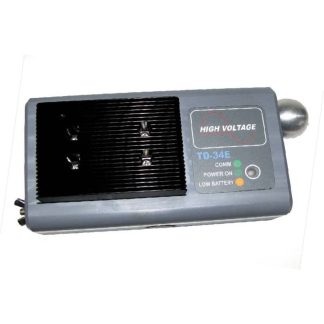
HVI TD-34E Diagnostic Test Set Repair
Read more -

HVI TDB-60 Cable Test Set Repair
Read more -

HVI VLF-12011CMF Hipot Tester Repair
Read more -
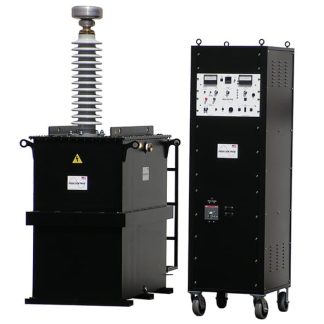
HVI VLF-200CMF Hipot Tester Repair
Read more -
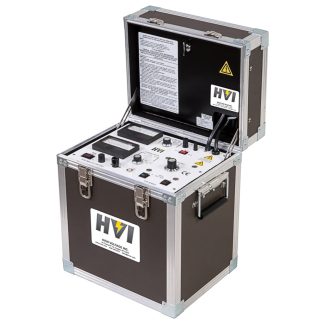
HVI VLF-28CM Hipot Tester Repair
Read more -
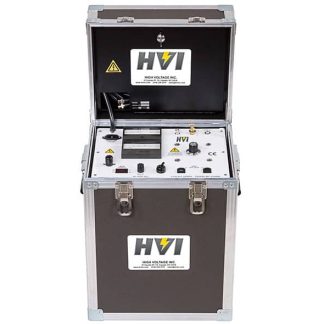
HVI VLF-30CM Hipot Tester Repair
Read more -
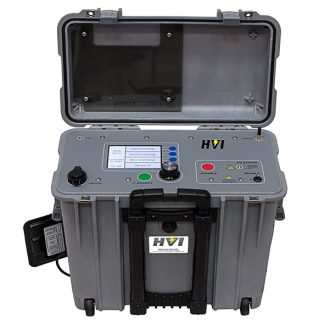
HVI VLF-34E Hipot Tester Repair
Read more -
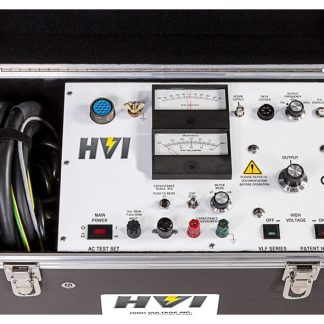
HVI VLF-4022CM Hipot Tester Repair
Read more -
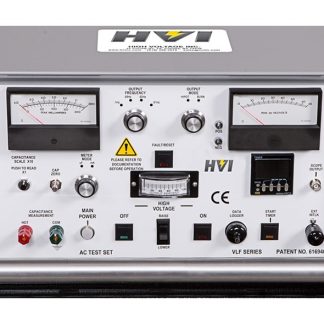
HVI VLF-50CMF Hipot Tester Repair
Read more -
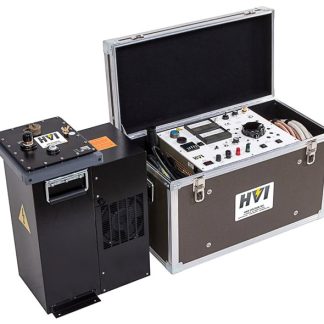
HVI VLF-6022CM Hipot Tester Repair
Read more -
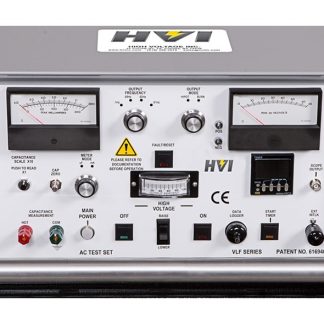
HVI VLF-65CMF Hipot Tester Repair
Read more -
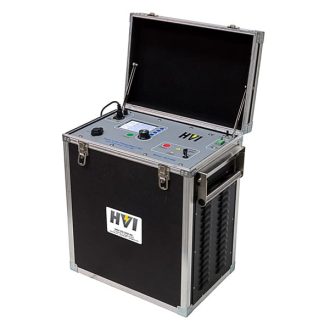
HVI VLF-65E Hipot Tester Repair
Read more -
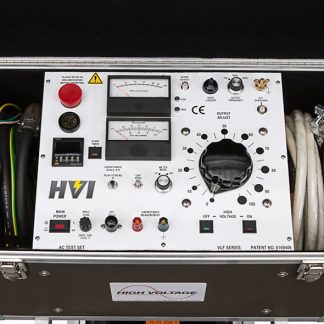
HVI VLF-90CMF Hipot Tester Repair
Read more -
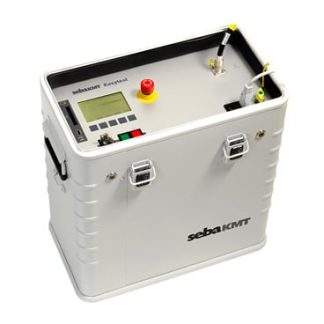
Megger Easytest Cable Test Set Repair
Read more -
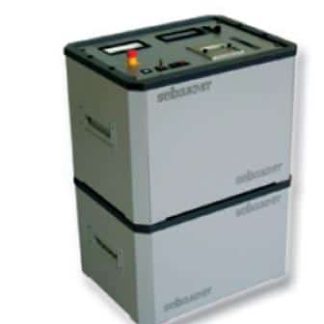
Megger VLF CR-28 Insulation Tester Repair
Read more -
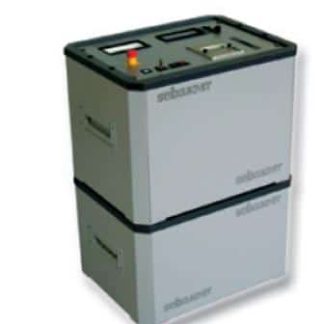
Megger VLF CR-40 Insulation Tester Repair
Read more -

Megger VLF CR-60 Insulation Tester Repair
Read more -
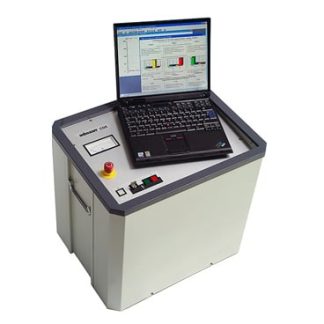
Megger VLF Sine Wave 34kV Insulation Tester Repair
Read more -
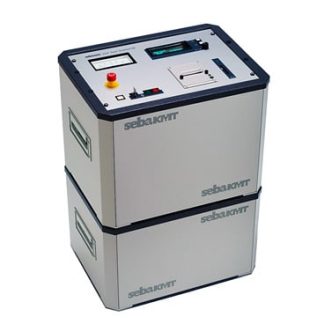
Megger VLF Sine Wave 45kV Repair
Read more -
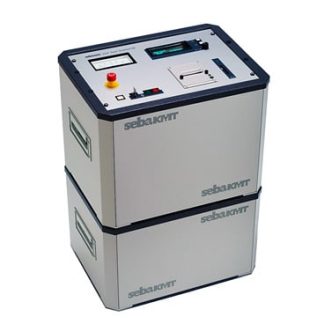
Megger VLF Sine Wave 54kV Repair
Read more -
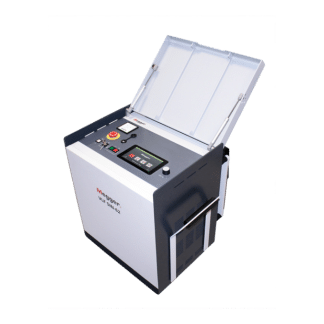
Megger VLF Sine Wave 62kV Repair
Read more
Showing all 21 results


